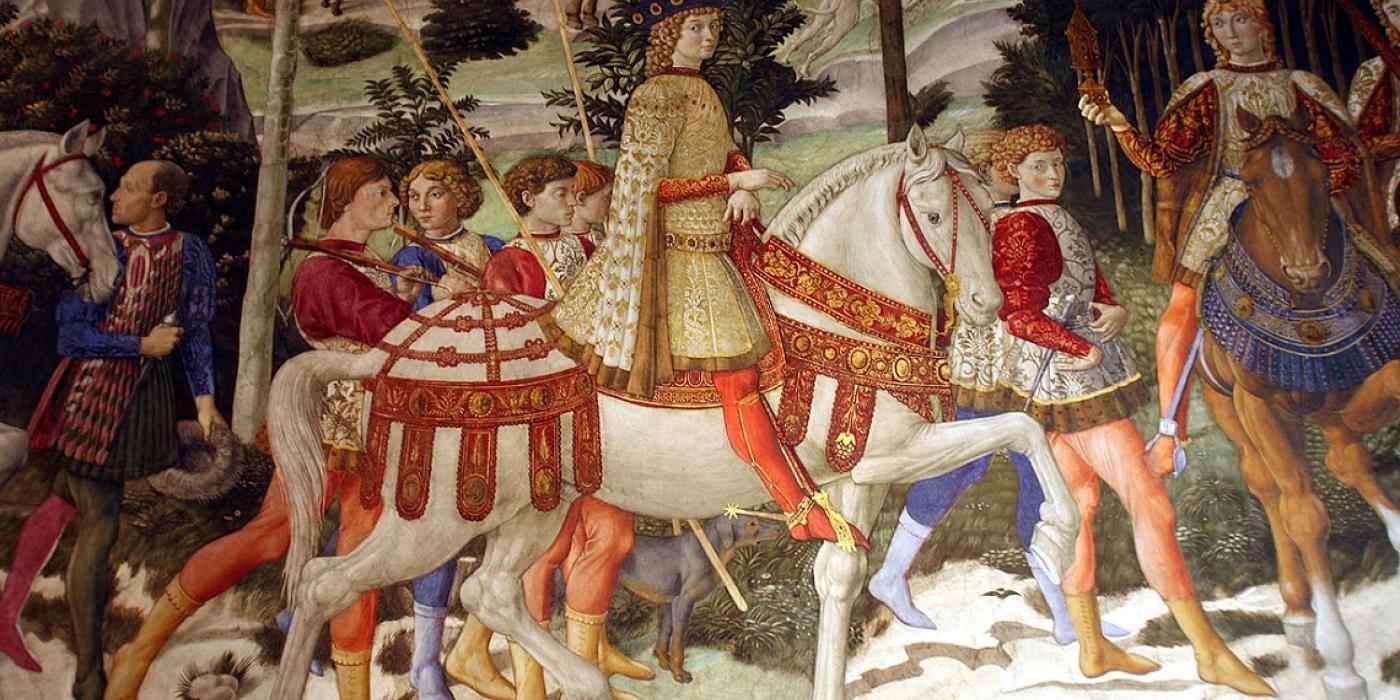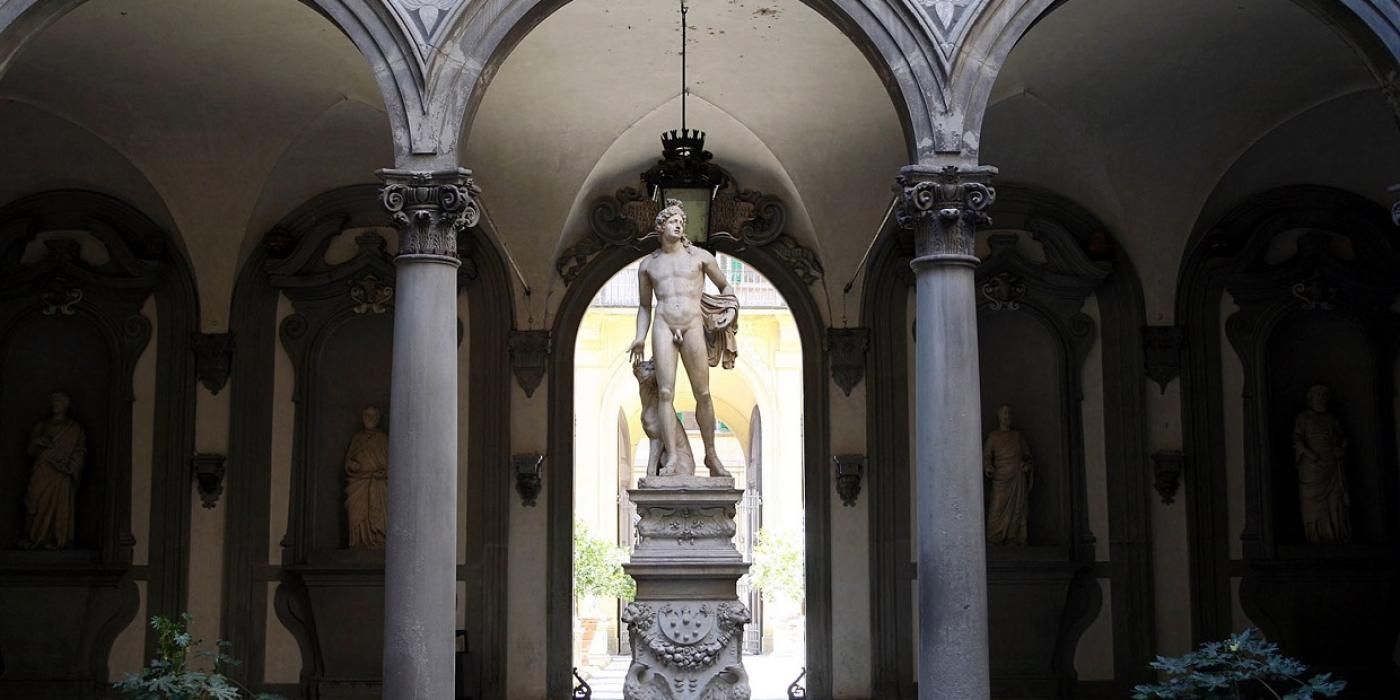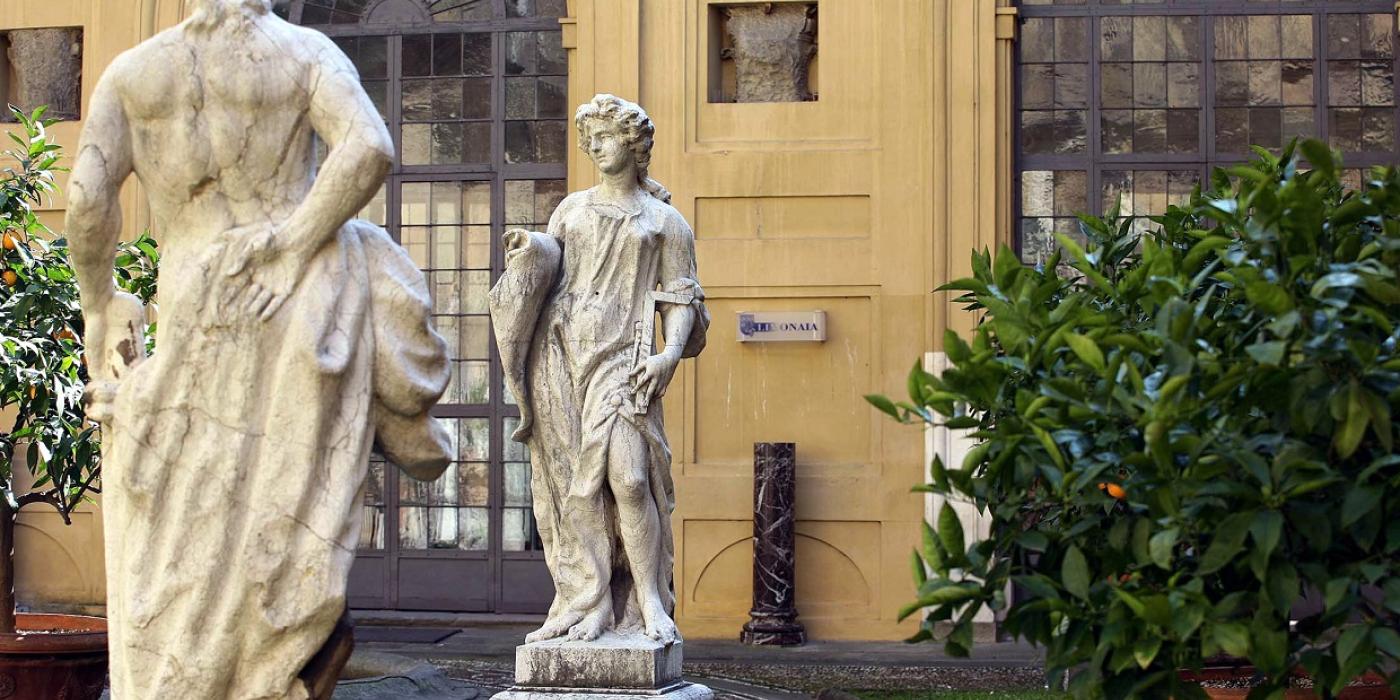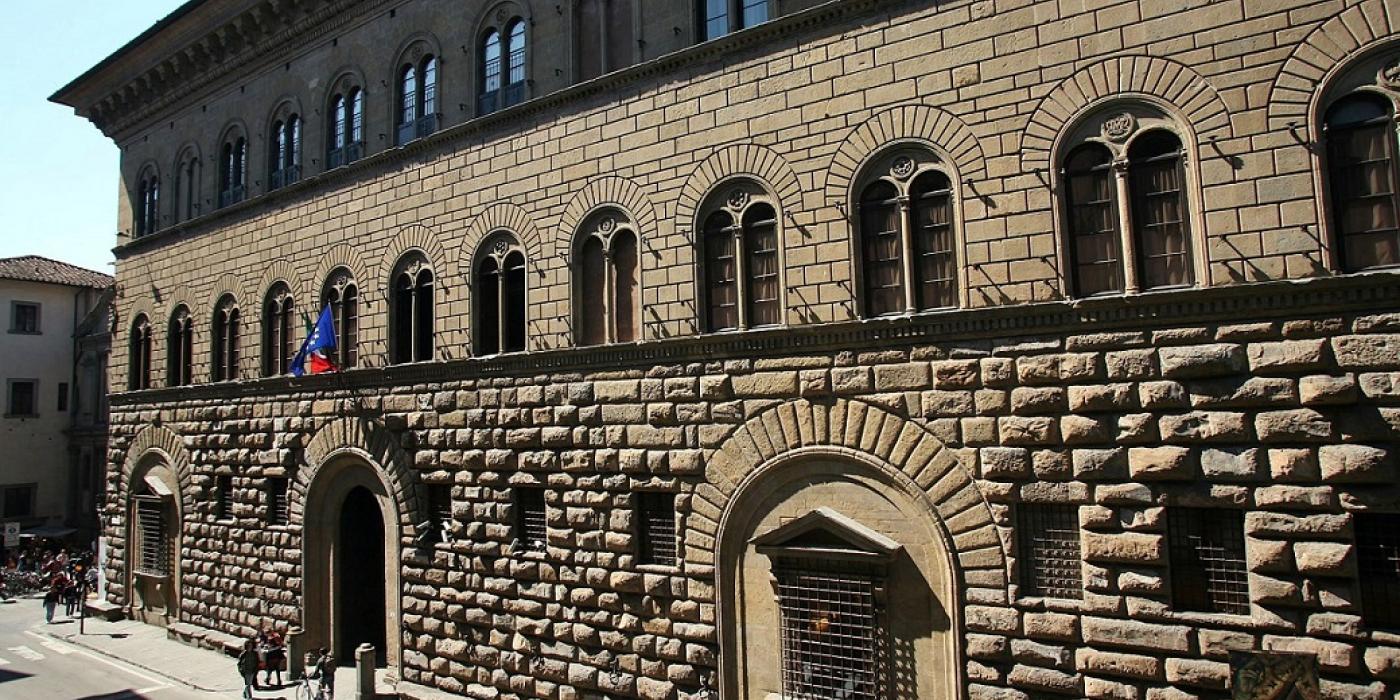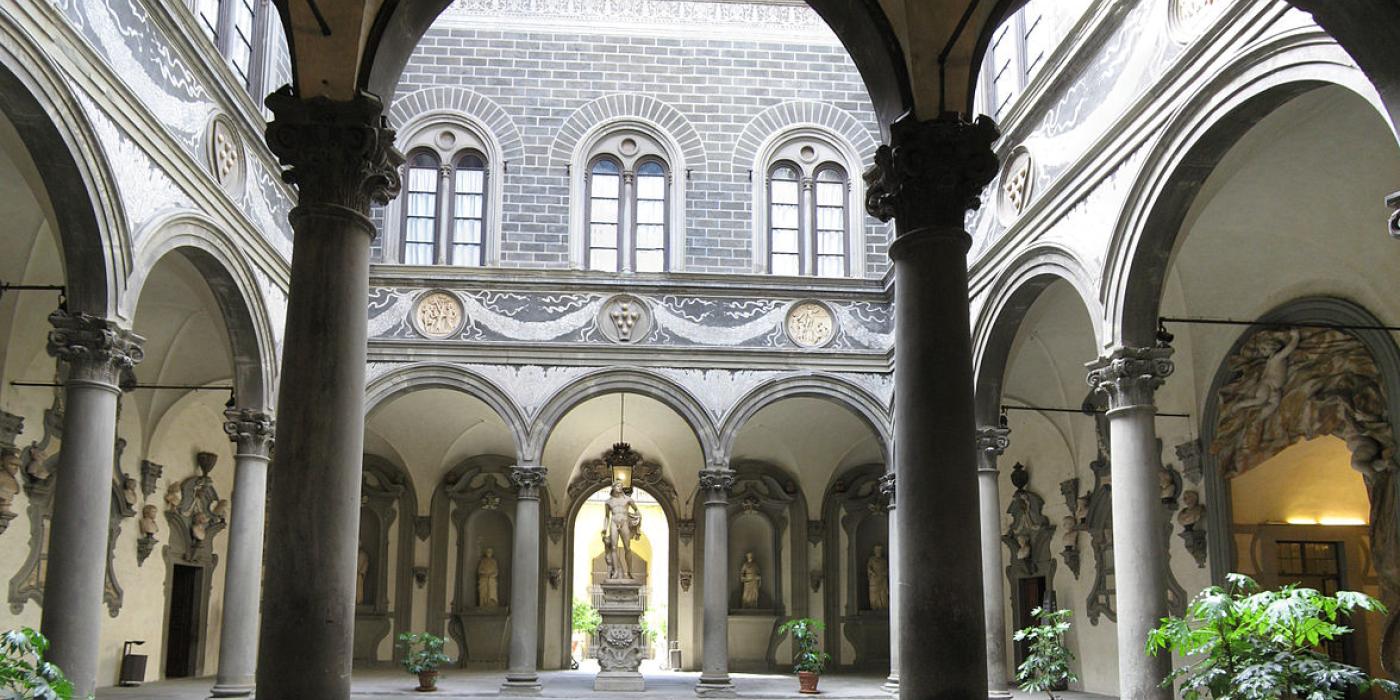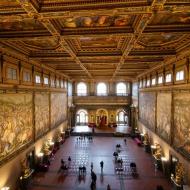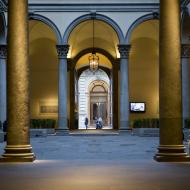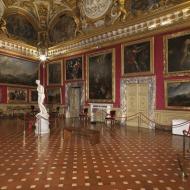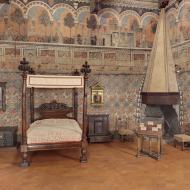Palazzo Medici, which later added the name “Riccardi”, was commissioned in 1444 by Cosimo il Vecchio de’ Medici to the architect Michelozzo as the Medici’s family residence, and it’s an important example of early Renaissance civil architecture. The palace was the private dwelling of the Medici family, counting amongst its residents and decendents also Lorenzo il Magnifico, but like the palaces of important families of the time, the building was also used for more public or political functions, such as to host visiting dignitaries. One such occasion was the visit of Milan’s Galeazzo Maria Sforza, who was depicted in the Cappella dei Magi by Benozzo Gozzoli (1459) with members of the Medici family. The courtyard by Michelozzo and this fresco cycle are the main things to visit from this period of the building’s history. The frescoes by Benozzo Gozzoli evoke Flemish tapestries in their wealth of colours and details and are certainly the most famous and important work of the artist.
In 1540, Cosimo I de´ Medici decided to leave the family residence in order to move to the more strategic Palazzo della Signoria (now Palazzo Vecchio). Michelozzo’s building was deemed too austere compared to the lavishness of those times, so the palace was sold to Marquis Gabriello Riccardi in 1659, who extended the building to the north and renovated the interiors with sumptuous Baroque interventions. The construction of the so called “Galleria” belongs to this period, characterised by a vault beautifully decorated by the most renowned Baroque painter of that age, Luca Giordano, with a fresco depicting the Apoteosi dei Medici (Medici’s Apotheosis).
Information:
Address:
via Cavour 3, 50129 - Firenze, FIPhone:
Access notes:
Last admission is one hour before closing.
From September 8, 2025, for 2 weeks, access will be from Via dei Ginori 2, due to works.
Access for disabled:
Photo gallery
Museum timetables:
What to see:
Eventi correlati
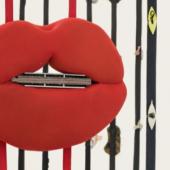
Related museums
